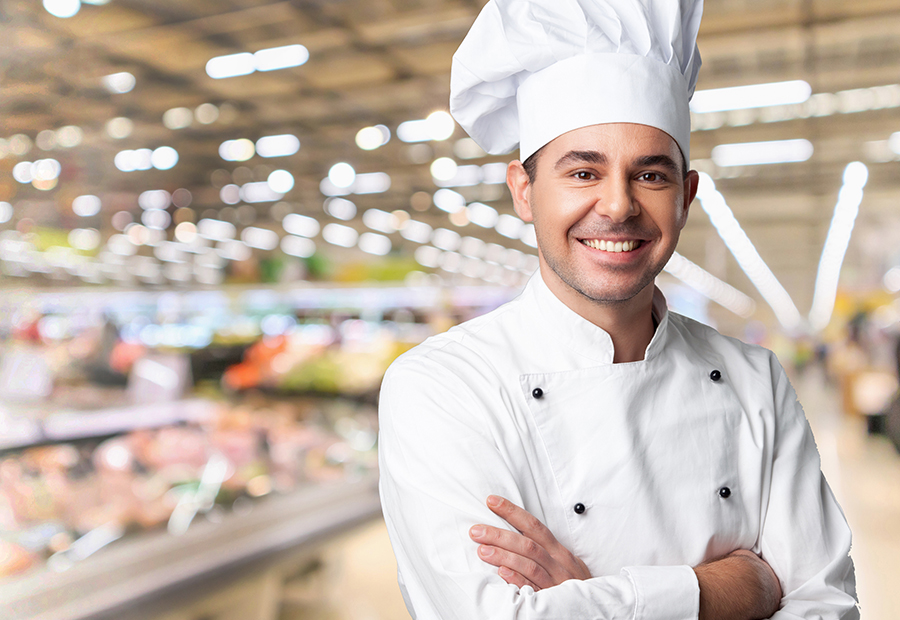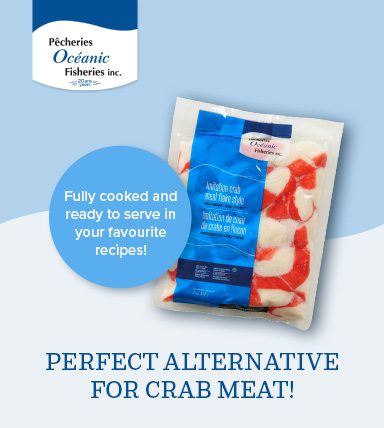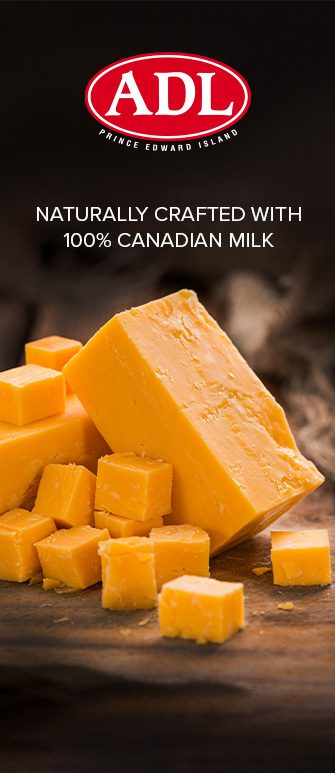Since the mid-teens, traditional grocery stores in Canada have been blurring the lines between grocery and restaurant foodservice with so-called “grocerants.”
These intersections of grocery and eatery have seen a number of food retailers, like Longos, Loblaws and Farm Boy (Sobeys) add in-store restaurants and full meals for shoppers who want to do more than pick up their bread and bananas. For Millennials on the go, especially, these hybrids have offered the perfect combination of convenient food shopping and a hospitality experience.
Fast forward to 2020 and our new world under COVID-19. More and more people need groceries — and prepared meals — especially with workers returning to offices and kids back to school.

More and more people need groceries — and prepared meals — especially with workers returning to offices and kids back to school.
As more and more restaurant operators have pivoted successfully to offer customers takeout & delivery, why not pivot even more? Many restaurants have surplus supplies and continued access to food from their distributors. Savvy operators are already becoming food “purveyors,” and not just restaurants as they realize they are in the “food business,” and not only in the restaurant business.
As cooler weather calls, operators are turning from takeout & delivery and converting into restaurant-grocers offering meal kits, take-home/make-at-home meals, and more.
Set up your online grocery section
Earls Kitchen and Bar’s website features an entire Grocery section as the chain added a virtual grocery store to its regular takeout & delivery menu early in the pandemic. Customers can buy a variety of grocery staples as well as DIY meal kits and prepared meals.

Try food box subscriptions
Farm-to-table operations have been sending fresh boxes of goods to customers via subscription for years. Restaurants with access to local and seasonal ingredients can get into the game with their own branded food boxes. If you already send e-newsletters to your regulars, you can easily introduce this new service to supplement your takeout & delivery sales. The food box can contain meals as well as grocery staples… and even a roll of toilet paper.
Replicate the restaurant experience
Pre-packaged ingredients, meal kits, and menus can help turn your social distancing regulars into sometime gourmet cooks.
Upscale Toronto eatery Buca has created branded packaging of its favourites for customers who want to replicate the experience of eating a Buca meal, but in a take-home grocery format. A full page advertises cook-at-home favourites that keep the Buca brand front and centre.
Even traditional pizzerias can add groceries to their deliveries. The pie is still the main event, but your customers will appreciate having access to other pantry staples too like milk, butter, tomatoes, cheese, and olive oil. And yes, you can even throw in a roll of toilet paper.
Top Tips
- Get the word out on your website and social media platforms that you have groceries, as well as prepared items, on offer.
- Use the opportunity to brand your grocery packaging. This is a great way to build brand loyalty.
- Choose your delivery platform carefully. Will you DIY or rely on a third-party service like Skip the Dishes, DoorDash, Foodora or Uber Eats? While you may save money doing it yourself, consider if you can increase your geographical reach using one of the biggies.



